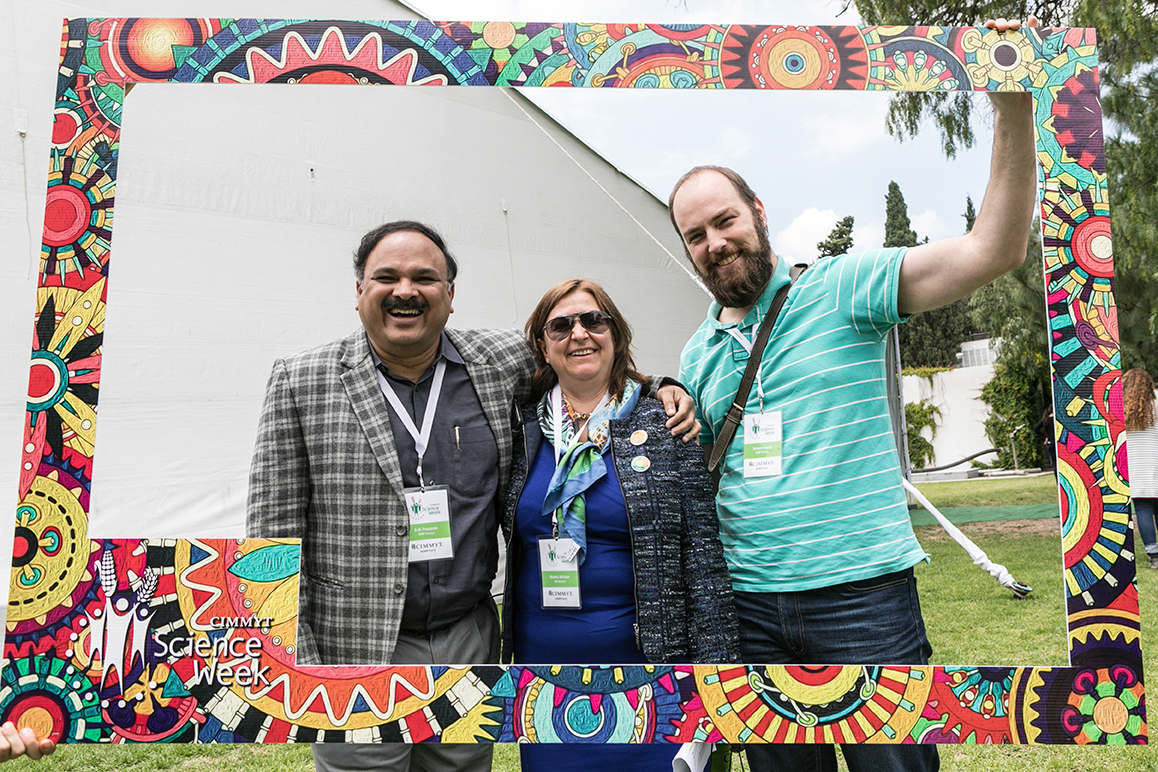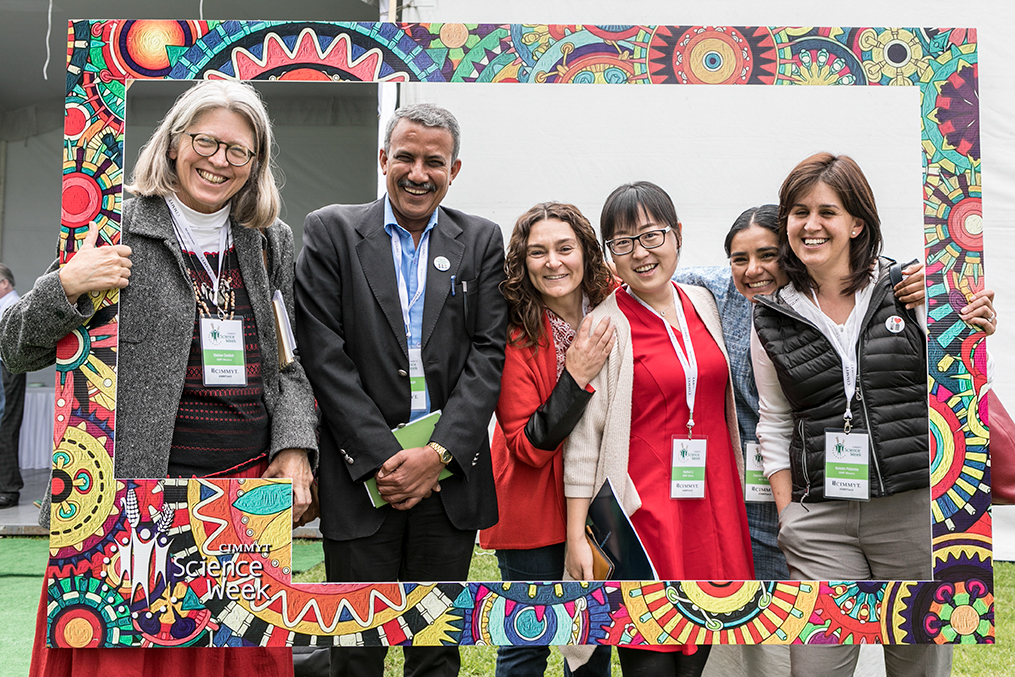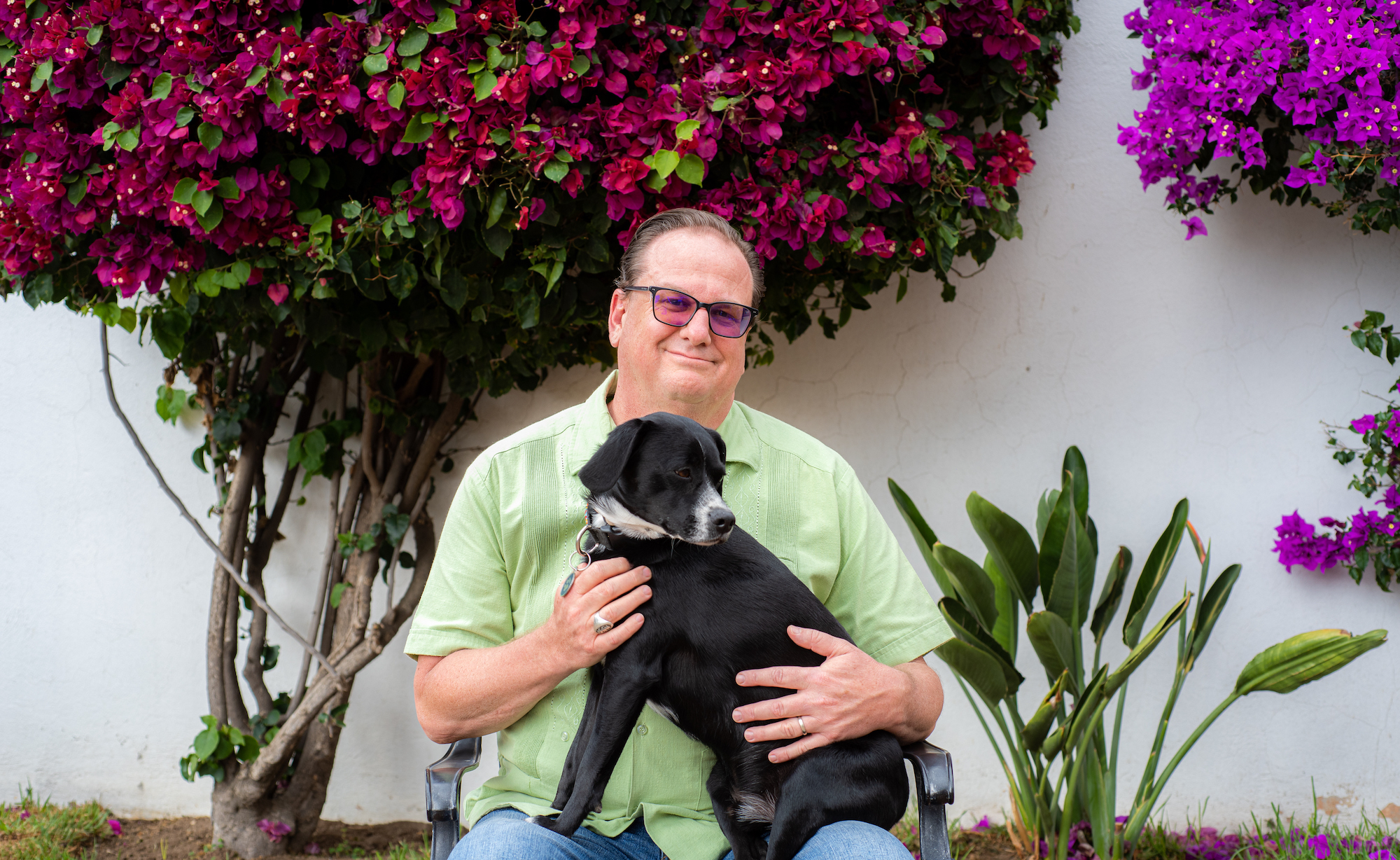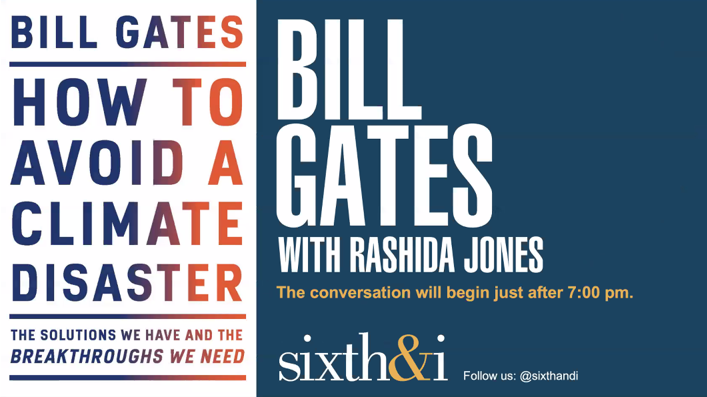For more than 50 years, CIMMYT has been dedicated to safeguarding and using maize and wheat genetic diversity for the betterment of millions of peoples’ lives around the globe. To accomplish this mission, CIMMYT relies on the diversity of its staff.
Just as there is no future for our food security and health of ecosystems without plant and animal biodiversity, an organization can only go so far without diversity and inclusion. These are no longer trendy keywords, they ensure success. According to recent studies, as organizations become more inclusive — in terms of age, gender, sexual orientation, race — the performance of their staff can skyrocket by 30% or more.
On the occasion of the International Day for Biological Diversity, we sat down with CIMMYT’s Director of Human Resources, Monika Altmaier, to discuss what organizations can do to become better, more resilient and efficient through investing in the diversity of staff.
Q: How do you see CIMMYT using diversity to support its growth and goals?
Monika Altmaier: As a research organization, we need to be innovative to stay relevant. Hiring diversity fosters just that. Different backgrounds provide different approaches, therefore speeding up the process of locating the best solution. According to experts, inclusive organizations are 1.7 times more likely to be innovation leaders in their market. Combining peoples’ diverse perspectives opens doors to innovation.
Employing diverse staff allows us to be more creative, competitive and improves our best practices. It provides a fresh pair of eyes. For me, diversity is an asset that enables us to learn about ourselves and others and grow, as people and professionals. Figuring out how people think and why is so interesting.
Q: What is CIMMYT doing to attract and retain more diverse talent?
MA: We have just finished sharpening our Gender and Diversity in Research and the Workplace policy. This document outlines how CIMMYT integrates gender and social inclusiveness in its research and innovation for development. Also, it describes what needs to be done to promote gender equality and diversity at all stages of employment, from securing new talent to retaining it.
Creating a 360-degree induction in multiple languages for all of our staff has been high on our agenda ever since hearing opinions of staff from 46 countries that gathered at our Science Week last year. This induction course will outline what is expected from everyone at CIMMYT: respect and dignity for all colleagues and stakeholders, regardless of gender identity and expression, disability or health status.
On a monthly basis, when doing outreach, HR post vacancy announcements that are attractive to people from different countries, that use gender-sensitive language and invite everyone, especially women to apply. We include colleagues of different genders, nationalities, and from various research and administration units in the selection and interview process. We scrutinize shortlists and make sure we are giving everyone the same opportunity.
One thing that is harder to change is the market. Still today, in some countries women do not get the same opportunities as men, not to talk about people from marginalized communities and members from the LGBTQ community. I hope that this will change because equality not only helps companies, but also countries, to have a happier population. CIMMYT works closely with universities across the world to make sure that more and more talent trickles where it is most needed: into research for development.

Q: In line with hiring diversity, how is CIMMYT attracting millennial talent (people who are mainly born between 1980 and 2000)?
MA: Millennials are a vast workforce. In just a couple years they will reach the peak of representation in the labor force. There is no issue with attracting millennials: thankfully, our mission resonates with them and they are already working for us across all of our offices.
With this Millennial-centric shift, however, the key thing is to meet the needs that they express. Studies say, and I see this in all of our offices, that young people want a more collaborative approach to work. They want to embrace relationships, transparency, dialogue and creativity.
At CIMMYT’s HR, we are exploring different approaches to talent management and succession planning. Traditionally, one progresses hierarchically. But the world, even the research world, is moving too fast to be satisfied with that. We are currently putting our focus on training, which helps with functional evolution. We are exploring the geographic mobility of staff both within the organization and outside, within our vast network of partners, including those within CGIAR. We are also putting more emphasis on work-life balance, which is said to improve employee retention by more than 50%. In the future, we plan to explore functional mobility, too, and encourage young people to think outside the box they may have preselected for themselves at the beginning of their careers.
Q: What do you think about investing in cognitive diversity?
MA: Cognitive diversity helps teams solve problems faster because it unites people with diverse perspective or information processing styles. Basically, how people think about or engage with new uncertain and complex situations.
It’s not easy to surface cognitive diversity and equally complex to harness its benefits. At CIMMYT, we started with doing psychometric testing when hiring team leaders. These tests are designed to measure candidates’ personality characteristics and cognitive abilities. They show if people would fit in a team. Since then we have expanded to testing research and admin teams. In my experience, such tests are highly trustworthy and interesting, and can help team building.


 Environmental health and biodiversity
Environmental health and biodiversity 
